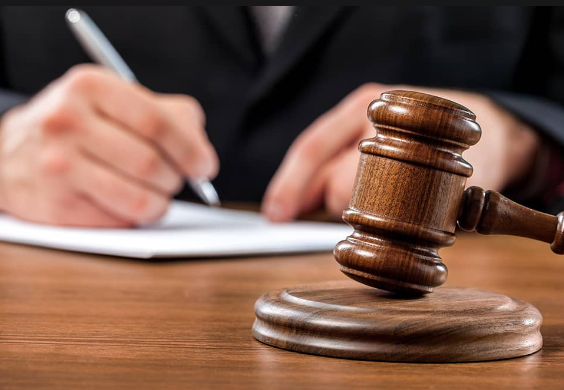Misdemeanor vs. Felony: Understanding the Key Differences in Criminal Charges

Did you know that approximately 13 million Americans are charged with misdemeanor offenses every year? Misdemeanor cases make up over 80% of the cases processed by the US Criminal Justice System. And according to the Prison Policy Initiative, an estimated 19 million people are charged with the collateral consequences of a felony conviction, and 79 million have a criminal record of some kind.
The differences between misdemeanor and felony can be significant when determining how they are prosecuted and what the potential penalties are. Misdemeanor offenses can be punishable by up to one year in jail and fines of up to $1,000 if convicted. Felony crimes carry punishments of a year or more in a state or federal prison and fines amounting to more than $1,000.
Let’s go over the most important parts of knowing the difference between misdemeanors and felonies so that we can understand how serious the situation is and make smart choices.
Definition and Classification
Knowing the definitions and classifications between the two becomes significant. Misdemeanors are generally less serious offenses. One example of a misdemeanor is disturbing the peace, such as by making excessive noise or causing a disturbance in a public space. The penalties for disturbing the peace law usually include fines, community service, probation, or short-term jail time, often less than a year.
However, felonies include murder, kidnapping, and robbery. Crimes are classified as misdemeanors or felonies based on seriousness, possible harm, and criminal intent. Unlike felonies, misdemeanors are less destructive and purposeful.
Understanding these differences is crucial to the legal process, prospective outcomes, and long-term record effects. When facing criminal charges, you need legal guidance to handle the court system.
Severity and Punishment
Understanding the severity of a crime and the corresponding punishments is necessary in distinguishing between misdemeanor and felony charges. Misdemeanors are generally considered less serious offenses compared to felonies. Misdemeanor offenses are typically non-violent and don’t cause significant harm to individuals or property.
Felonies are more serious crimes that can lead to severe consequences. Due to their grave nature and the substantial harm they cause to society, these offenses bring long-term imprisonment, fines, and even the death penalty.
Legal Processes and Procedures
Understanding the criminal justice system is essential for handling petty or felony accusations. After being charged with a misdemeanor or felony, you enter a plea at an arraignment. A trial follows a not-guilty plea. Misdemeanors may be tried quickly, whereas felonies may take longer.
Evidence, testimony, and arguments are presented at trial. After a guilty verdict, the judge sentences. If you’re not happy with the result, you can file an appeal. In this procedure, legal representation is crucial. Lawyers can advise you, safeguard your rights, and help you make decisions. Understanding the legal process can help you with the complex court system.
Collateral Consequences
Starting judicial processes for misdemeanor or felony charges might have long-term effects. These collateral effects might affect many elements of your life. For instance, minor or felony convictions may hamper your job prospects. Employers who conduct background checks may reject applicants with criminal records. Criminal backgrounds can also revoke or deny professional licenses or certificates, impeding career advancement.
Personal life can suffer collateral effects. Criminal records may limit your home alternatives since landlords generally run background checks. It can also affect lending, educational, and family court custody eligibility. Understanding these collateral ramifications is crucial when dealing with misdemeanor or felony charges to make educated judgments and reduce long-term consequences.
Examples and Case Studies
Case studies demonstrate that minor or felony charges can have lasting impacts. A shoplifting misdemeanor is an example. Despite the minor violation, the person faced penalties, community service, and a criminal record that hurt their career prospects. However, armed robbery felony cases have harsher penalties. Due to the severity of the offense, the person earned a long prison sentence, lost their voting rights, and had trouble obtaining work after release.
Another misdemeanor DUI resulted in license suspension, alcohol education programs, and higher insurance costs. The criminal and victim’s families suffered years of prison time, guilt, and emotional agony after a felony DUI caused a deadly accident. These real-world instances show the substantial differences in outcomes between misdemeanor and felony charges, underscoring the necessity of understanding the differences in criminal law.
Conclusion
Knowing the distinction between misdemeanors and felonies is crucial when facing criminal accusations. Knowing the differences might affect a case’s outcome, from crime severity to sanctions and judicial processes. Be aware of the collateral repercussions of these charges and seek legal advice if necessary.





